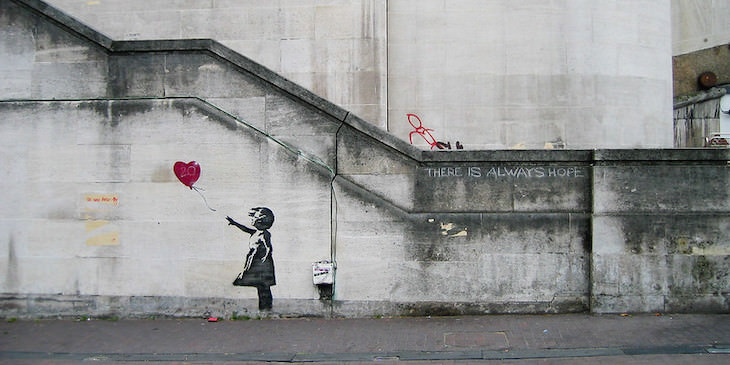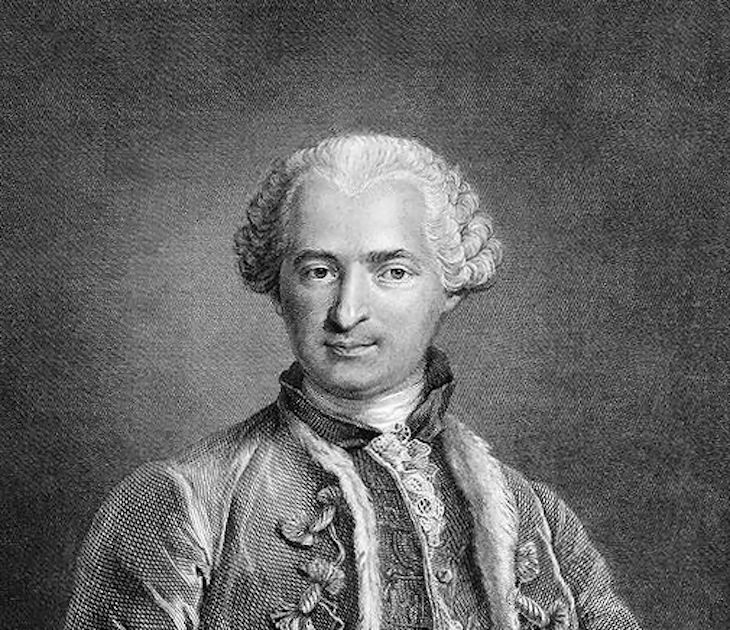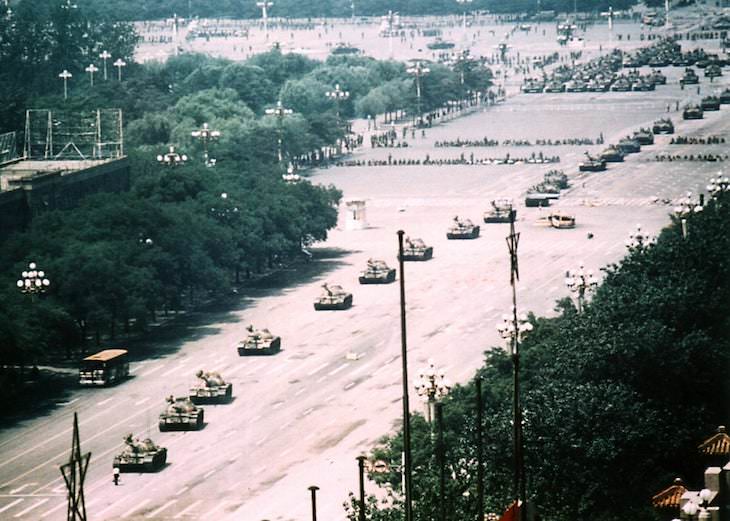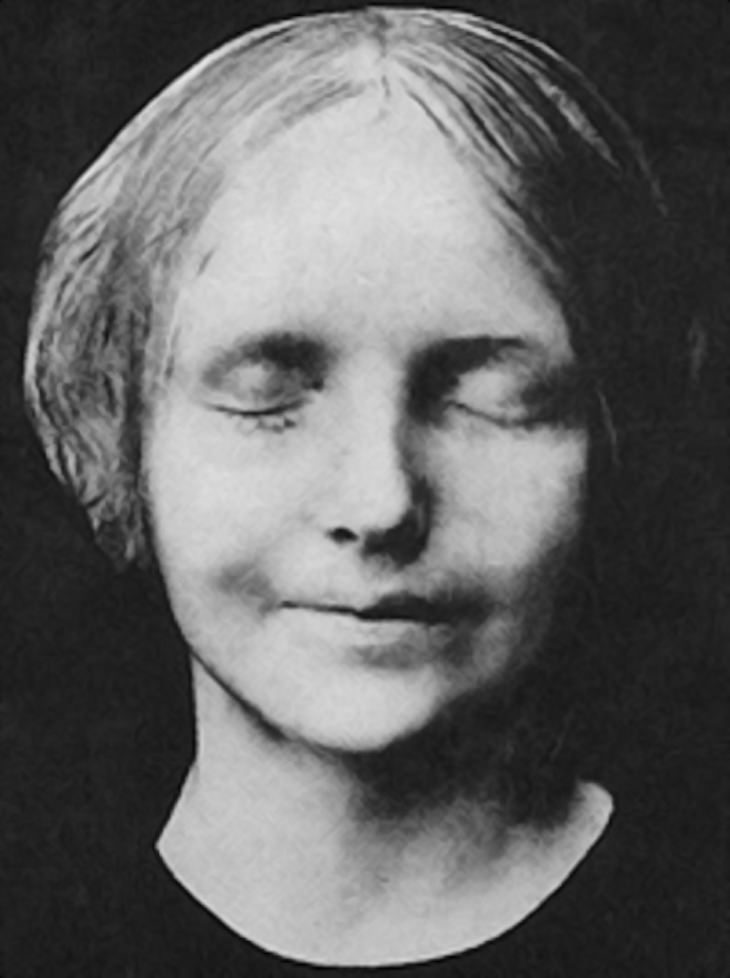

Girl and Heart Balloon, Image Source: Flickr
The British graffiti artist who goes by the name ‘Banksy’ emerged onto the art scene in 1993, and his identity has remained a mystery ever since. Even if the name doesn’t sound familiar to you, you have likely encountered a Banksy piece at some point. His art - which usually comments on political and social issues - is originally displayed in places like public bridges, tunnels, and walls, and it later gets reproduced on countless prints and merchandise.
It wouldn't be an exaggeration to say that Banksy is currently one of the most famous artists in the world yet all that is known about him is his country of origin. A few years ago, the Daily Mail claimed that Banksy’s real name is Robin Gunningham. But, according to Banksy’s own website, he states that he is “unable to comment on who may or may not be Banksy”. He rarely gives interviews, but even when he does, Banksy’s voice is altered to sound robotic. In this day and age, it’s incredible that such a prominent figure manages to keep their identity hidden.

The Comte de Saint-Germain is an 18th-century adventurer whose true identity remains unknown. While not the most contemporary figure on the list, Saint-Germain was very well-known in his day, he was even nicknamed the Wonderman. He knew nearly all the European languages and had a comprehensive knowledge of history. Not only that, but he was also a musical composer, a capable violinist, and his accomplishments as a chemist, on which he based his reputation, were in many ways considerable.
Considering all this, it's quite strange that Saint Germain’s real name, parentage, or place of birth are speculative at best. The most common version is that he was a Portuguese Jewish man. His travels took him from France to England to Russia and he most likely died in 1784, but some say people saw him in Paris in 1789.
Related: The Stories Behind 6 Famous Photographs

Image Square: Reddit
In 1989, a single man stood alone in the way of a line of tanks, halting their progress toward Tiananmen Square in China. The photo went on to become iconic. Moments after it was taken, the man was dragged off the street by two other unknown people, allowing the tanks to proceed towards their destination, where protesters were gathered to fight against government corruption and for freedom of speech.
British tabloids nicknamed the lone protestor Tank Man, but his true identity is still unconfirmed. Some believe he was executed for hindering a military operation, others claim he is safe thanks to his anonymity, as there are possible repercussions to what he did, even over 40 years later. Time Magazine included the ‘unknown rebel’ on a list of the 100 most important people of the 20th century.

Sometime in the late 19th century, the drowned body of a young woman was recovered from the Seine in Paris. As was customary in those days, the body was put on display at the Paris mortuary, in the hope that someone would recognize and identify her. Although no one came forward, she did catch the eye of one pathologist, who became so entranced by the girl’s face and her mysterious half-smile that he asked a molder to take a plaster cast of her face.
The mask, which some refer to as the ‘drowned Mona Lisa’ or ‘L’Inconnue’ became a cultural phenomenon, inspiring artists like Louis Aragon, Man Ray, and Vladimir Nabokov, to imagine stories around the mystery woman. But what really immortalized the face of L’Inconnue, and where you probably recognize her form is this: a Norwegian toy manufacturer specializing in soft plastic created the first CPR mannequin — using the unknown woman’s face. He drew inspiration from a replica of the mask hanging in his parent's home. His creation is now the standard CPR doll model, dubbed Rescue Annie.
Related: What You Know Of These Historical Figures Is Probably Wrong

Oftentimes, writers don’t get the same celebrity status as pop stars, but that wasn’t the case for Thomas Pynchon. Most of the dry details of the life of this author, whose novels include "The Crying of Lot 49," "Gravity’s Rainbow," and "Inherent Vice" can be verified. However, considering how influential he was, Pynchon kept an air of mystery around himself.
There are only four known photos of him as an adult, two at most, are recognizably Pynchon. Locating him is near impossible and the same goes for his family members. According to The Atlantic, Pynchon’s associates and friends almost always decline to comment on his whereabouts, apparently for fear of being cut off by him. It isn’t clear why he is so reclusive, but it certainly makes him even more of a fascinating figure.

Elie Wiesel, Monsieur Chouchani's student, Image Source: Wikimedia Commons
Monsieur Chouchani, or Shushani, is the nickname of an otherwise anonymous and enigmatic Jewish teacher, who taught a small group of distinguished students after World War II, the most famous ones being Emmanuel Levinas and Elie Wiesel.
Not much is known about Chouchani, not even his real name. His gravestone, which is located in La Paz, Uruguay where he died in 1968 reads "The wise Rabbi Chouchani of blessed memory. His birth and his life are sealed in enigma." The text is by Elie Wiesel, who hypothesized Shushani’s real name was Mordechai Rosenbaum, while the Hebrew University professor Shalom Rosenberg asserts that Chouchani's actual name was Hillel Perlman. Although Chouchani is such a mysterious figure, he was reputed to be a master in quite a few areas of knowledge and is very highly regarded by his pupils.
If you found this article interesting, share it with family and friends